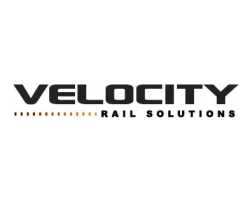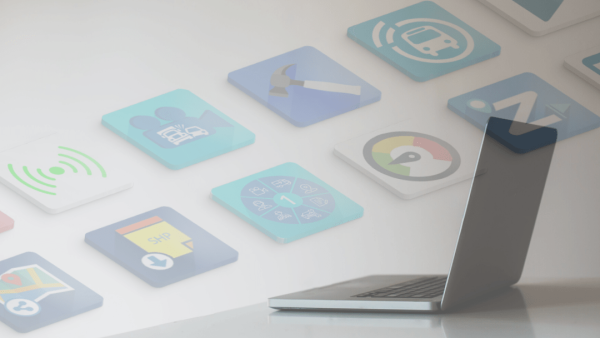
The telematics industry is a quickly growing sector as more corporations are continuing to see numerous benefits from adopting the technology. Not only are small business owners and managers beginning to use the innovative technology to adjust how they run their operations, but city officials and governments are using it to their advantage. Among the many advantages that IoT telematics technology brings, the most impressive to highlight are the benefits that are noted throughout cities. Specifically, how IoT and telematics are shaping cities by improving and revolutionizing urban landscapes.
A Brief Recap Of Telematics
Telematics technology has been evolving for a number of years. Since the 1960’s when informatics and telecommunications formally merged, its primary focus was on the battlefield as GPS systems were used to better track positions and boost communication methods. Since then telematics shifted from being used primarily for government needs to being adopted widely by businesses because of what machine-to-machine communication can allow. Specifically, new IoT technology coupled with drivers of innovation are highlighted to be beneficial for businesses looking to use GPS location and behavioural data to their advantage.
Telematics Shaping Cities
From fleet management to bilateral communication methods, telematics is now advancing to reshape how cities function.
Telematics Influencing The Flow Of Traffic
IoT and telematics technology is being watched because of its ability to reshape the flow of traffic within urban communities. Specifically how GPS data is gathered about drivers and their behaviours to predict future traffic flows. Meaning, the information can be used to relieve congestion. For example, telematics technology could be used to improve route planning and relieve traffic during peak commuting times. This can be done as traffic forecasts are placed in sync with traffic lights to adjust the timing and duration of green lights to help direct the flow of traffic in or out of the city.
Public Transit Using Telematics To Increase Passenger Satisfaction
Similar to telematics improving the flow of traffic, IoT technology is changing how public transit operates. Specifically, telematics is shaping cities by providing more transparency and better service from the data that is gathered. As one can already imagine, telematics can help provide route information to the public. For example, websites and applications can post service updates about the location of the transit vehicle, possible delays, or other miscellaneous route information.
However, IoT telematics tools are also noted to better track high traffic times and anticipate maintenance for vehicles so more precautions can be taken. For example, additional vehicles can be deployed during peak hours and more scheduled maintenance can be completed on a calculated level. Both limiting passenger dissatisfaction.
Interested in learning how ZenduIT’s software solutions such as Bus ETA can improve customer service and maintain customer relations? Check out our blog which dives deeper into the problems and possible solutions of the transportation sector: How Zenduit’s BUS ETA App Helps Improve Customer Service and Geotab Customer Relations
Businesses With GPS Offerings
Since the core functionality of telematics technology was originally designed for GPS advancements, it’s not news to hear that companies are incorporating GPS into their plans. Many are turning to offer their customers more transparency when it comes to the status or location of themselves. For example, businesses that offer delivery, use GPS to show real-time location updates of purchases. As well, one fairly new utilization of telematics shaping cities is how ride-sharing vehicles who are dominating busy downtown streets are using GPS. For example, Uber relies heavily on GPS innovation because riders must know where their car is located during pickups and which route is the best to take. Similar to ride-sharing businesses, there are companies who offer delivery services of products and are expected to show location updates of the parcels.
Telematics And Smart Neighbourhoods
When it comes to telematics, the new technology is also focusing on the future infrastructure of urban landscapes. This is specific to the development of smart cities and smart neighbourhoods in major cities. One to highlight is Quayside in Toronto, Ontario’s waterfront community that is being developed by Google’s sibling company Sidewalk Labs. In terms of innovation, Sidewalk Labs has released that telematics would shape the neighbourhood to become a high-tech urban utopia that runs off of real-time data. The neighbourhood was predicted to be heavily connected, monitored and be self-regulating with automatized vehicles and smart technology engraved throughout. As the development is still in the planning stage, there are numerous discussions and changes being applied.
For up-to-date information regarding this project please visit: https://www.sidewalktoronto.ca/
Technological advancements have no anticipations to slow down as the benefits and adoption continues to grow. Whether it’s through GPS mapping, live dispatching, or future connectivity, it’s something society is beginning to expect.










